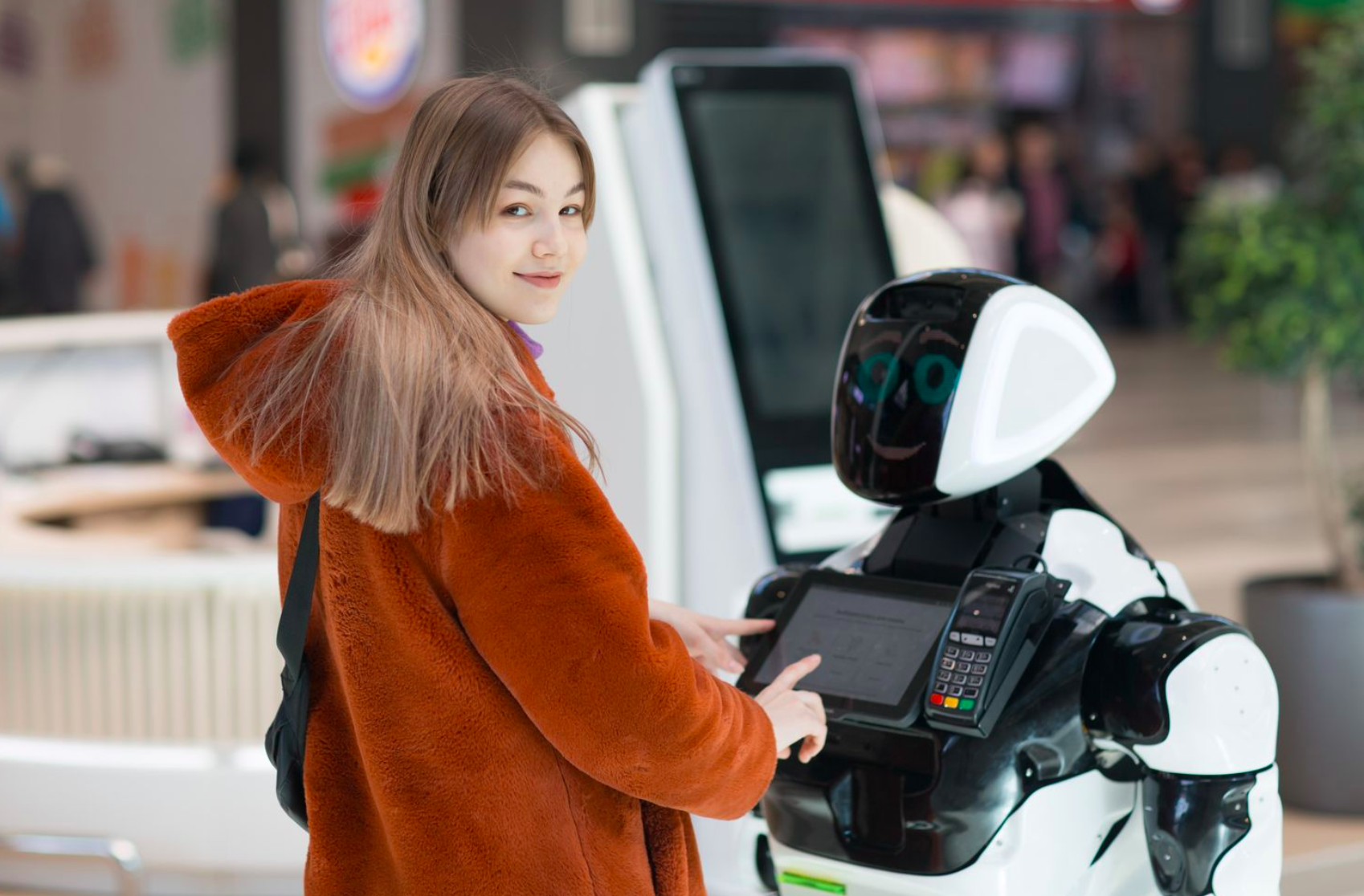
AI in Public Transportation: Enhancing Efficiency and Safety
In recent years, Artificial Intelligence (AI) has rapidly evolved, infiltrating various sectors and transforming the way we live and work. One such sector experiencing a revolutionary change is public transportation. AI in public transportation is not just a futuristic concept; it’s a present-day reality that enhances efficiency and safety, making our daily commutes more reliable and secure. In this blog post, we’ll explore how AI is being integrated into public transportation systems, the benefits it brings, and what the future holds for this dynamic intersection of technology and transit.
The Role of AI in Public Transportation
AI technologies, including machine learning, computer vision, and natural language processing, are being increasingly implemented in public transportation systems to solve various challenges. These technologies help streamline operations, improve safety measures, and enhance the overall passenger experience.
Enhancing Operational Efficiency
One of the primary benefits of integrating AI into public transportation is the significant enhancement in operational efficiency. AI algorithms can analyze vast amounts of data to optimize routes, improve scheduling, and reduce fuel consumption. For instance, AI-powered predictive analytics can forecast traffic patterns and adjust bus or train schedules accordingly, minimizing delays and improving punctuality.
According to a report by McKinsey & Company, cities that leverage AI in their transit systems can reduce travel time by up to 20%. This efficiency not only benefits commuters but also reduces operational costs for public transport authorities.
Improving Safety Standards
Safety is a paramount concern in public transportation, and AI offers innovative solutions to enhance it. AI systems can monitor real-time data from various sensors and cameras to detect anomalies and potential hazards. For instance, AI-driven surveillance systems can identify suspicious activities or unattended baggage in stations and alert authorities for quick intervention.
Additionally, AI is being used to develop autonomous public transportation vehicles. Companies like Waymo and Navya are already testing self-driving buses and shuttles, which promise to reduce human error—a leading cause of accidents. According to the National Highway Traffic Safety Administration (NHTSA), human error accounts for 94% of serious crashes, highlighting the potential impact of AI on improving safety.
Real-World Applications of AI in Public Transportation
AI is being applied in various innovative ways across the globe to transform public transportation systems. Here are some real-world examples:
AI-Powered Traffic Management in Los Angeles
Los Angeles has implemented an AI-based traffic management system known as the ATSAC (Automated Traffic Surveillance and Control). Utilizing AI algorithms, ATSAC optimizes traffic flow by adjusting signal timings in real-time based on traffic conditions. This system has helped reduce congestion and improve travel times across the city.
Smart Ticketing Systems in London
London’s public transportation system has embraced AI to enhance its ticketing process. The Oyster card system uses machine learning to analyze passenger travel patterns and offer personalized recommendations for travel routes and times, thereby improving the commuter experience.
Autonomous Buses in Singapore
Singapore is at the forefront of autonomous public transportation. The city-state has launched a series of trials for self-driving buses, integrating AI technologies to navigate complex urban environments safely. These autonomous buses are equipped with advanced sensors and AI algorithms to detect obstacles, ensuring passenger safety.
The Future of AI in Public Transportation
The potential of AI in public transportation is vast, with continuous advancements promising even greater improvements in efficiency and safety. Here are some trends and predictions for the future:
Increased Adoption of Autonomous Vehicles
As technology matures, we can expect a wider adoption of autonomous vehicles in public transportation. These vehicles will likely become a common sight in urban areas, offering a safer, more efficient means of transport. Governments and transport authorities will need to establish regulatory frameworks to ensure the safe integration of these vehicles into existing systems.
Integration with Smart City Infrastructure
AI in public transportation will increasingly be integrated with broader smart city initiatives. This integration will enable seamless communication between vehicles, infrastructure, and passengers, creating a more connected and efficient transit ecosystem.
Focus on Sustainable Transport Solutions
AI will play a crucial role in developing sustainable public transportation solutions. By optimizing routes and reducing fuel consumption, AI can help decrease the carbon footprint of public transit systems. Additionally, AI technologies will facilitate the integration of electric and hybrid vehicles into public fleets, promoting greener transportation options.
Actionable Tips for Implementing AI in Public Transportation
For cities and transportation authorities looking to implement AI solutions, here are some actionable tips:
1. Conduct a Comprehensive Needs Analysis: Identify specific challenges within your transportation system that AI can address, such as congestion, safety, or operational inefficiencies.
2. Collaborate with Technology Partners: Partner with technology companies specializing in AI to develop tailored solutions that meet your city’s unique needs.
3. Invest in Infrastructure: Ensure that your city’s infrastructure is equipped to support AI technologies, including high-speed internet, sensors, and data processing capabilities.
4. Prioritize Data Privacy and Security: Develop robust data privacy and security protocols to protect passenger information and ensure compliance with relevant regulations.
5. Foster Public Engagement: Engage with the public to educate them about the benefits of AI in public transportation and address any concerns they may have.
Conclusion
AI in public transportation represents a transformative force that is reshaping the way we commute. By enhancing efficiency and safety, AI technologies offer a promising solution to the challenges faced by modern transit systems. As cities continue to grow and urban transportation demands increase, the integration of AI will be crucial in developing smarter, more reliable public transportation networks. Embracing AI-driven innovations will not only improve the commuter experience but also pave the way for a more sustainable and connected future.
